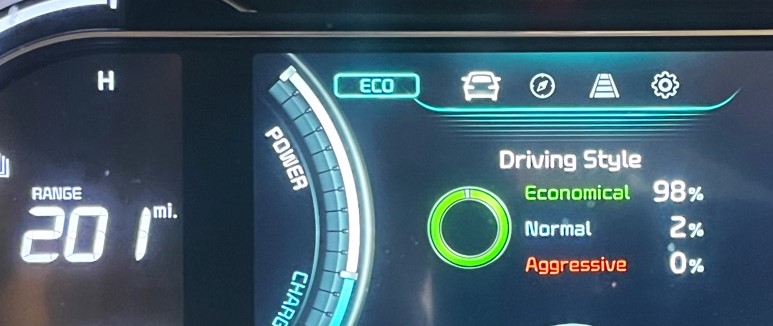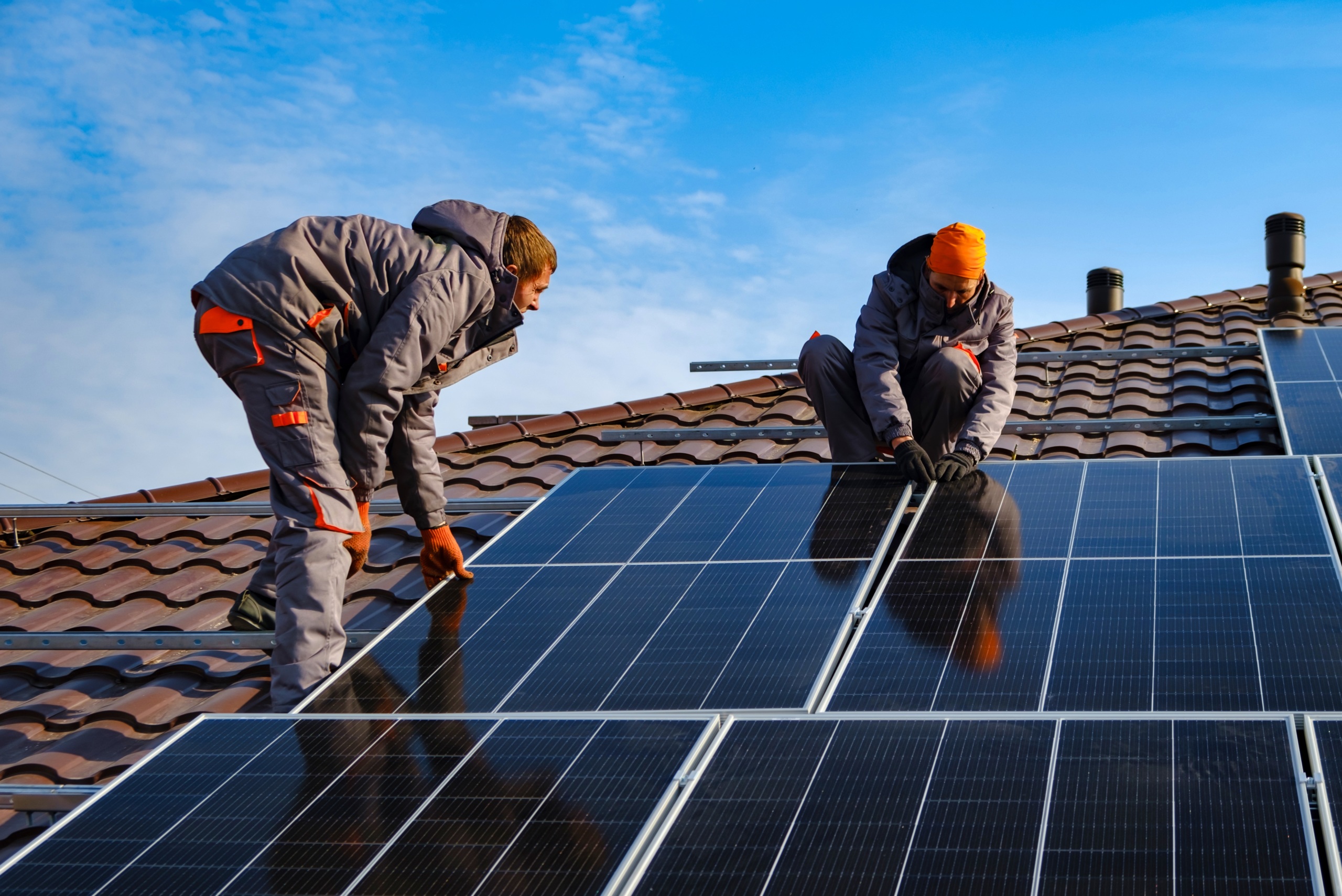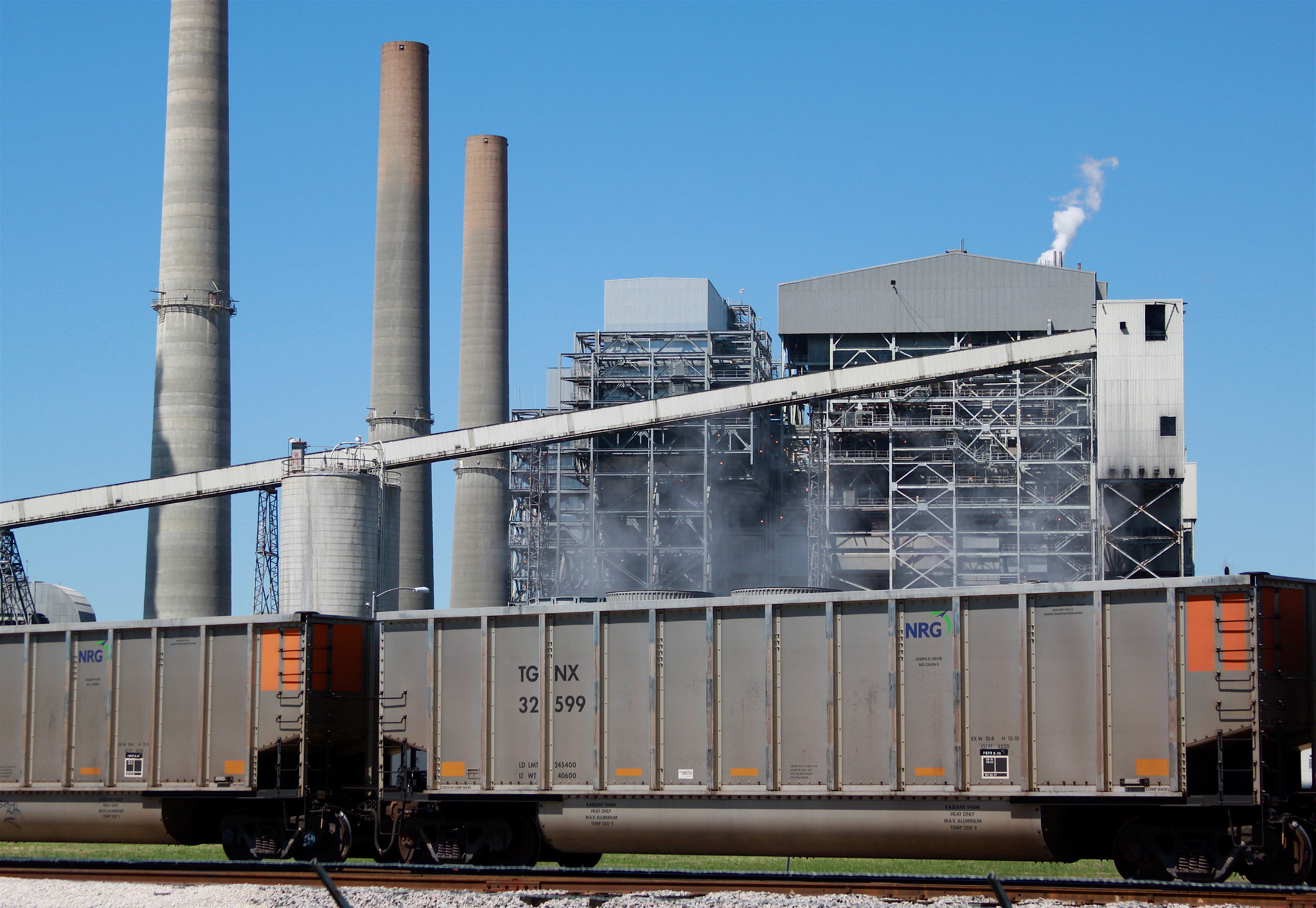
Rooftop Solar Benefits California Consumers
Solar power on the roofs of our homes, schools and businesses provides important value for consumers across California – moving us toward a clean, resilient, affordable energy system.


Rooftop solar benefits Californians in many ways. Solar panels help us take on climate change and reduce our reliance on polluting fossil fuels. And in California, our 1.2 million rooftop solar installations have helped drive forward the clean energy technology that is repowering the world.
Rooftop solar benefits consumers, too. Here in California, homes, schools and businesses that go solar benefit all consumers – by reducing our need for grid investments today and contributing to building the clean and resilient grid of the future.
ROOFTOP SOLAR REDUCES THE NEED FOR NEW GRID SPENDING
Rooftop solar means more energy without new power plants. California’s small-scale solar installations – which produced power equivalent to nearly 20% of the electricity from the state’s more than 300 natural gas power plants in 2020 – have helped avoid the construction of 16 new gas power plants since 2014.
The California Public Utilities Commission has found that, because distributed solar energy is used right where it is produced, each installation reduces the need for investment in power lines. In 2018, state grid operators determined California could forego $2.6 billion in future spending on transmission and other grid projects largely due to increases in rooftop solar and energy efficiency.
When paired with smart inverters, distributed solar power can provide important grid stability and support services, which will become increasingly valuable as renewable energy becomes a larger part of California’s grid.
ROOFTOP SOLAR REDUCES FUTURE COSTS FOR MEETING STATE CLIMATE GOALS
To meet the state’s goal of 100% clean energy by 2045, California must replace the 44% of in-state electricity currently generated at fossil fuel plants. As our clean energy standards become progressively stronger over the next 25 years, state officials project that the cost of reducing emissions could rise to more than $600 per ton of carbon dioxide (nearly six times today’s costs). By adding clean energy to the grid, each home and business that installs rooftop solar is taking on some of these costs today – making it easier and cheaper for California to meet its clean energy goals in the future.
Rooftop solar is particularly valuable for achieving the rapid emission reductions necessary for preventing the worst impacts of global warming. Compared to utility-scale solar farms, rooftop solar is far faster to deploy and does not require the use of new land.
ROOFTOP SOLAR IS BUILDING A MORE RESILIENT GRID
The Department of Energy has found that solar energy makes the grid “more resilient, reliable, and secure.” In California, that means an energy system better able to withstand our increasingly intense wildfire seasons that have caused waves of blackouts across the state in recent years.
Solar energy plus storage systems are already helping Californians keep their lights on during blackouts without the need for polluting diesel generators.
As California continues to modernize the grid to better leverage distributed solar as a source of community-based power – such as by using solar as part of microgrids and local “virtual power plants” – the value of rooftop solar as a source of grid resilience will only grow.
CALIFORNIA SHOULD KEEP GROWING DISTRIBUTED SOLAR
For more than a decade, Californians have led the way on rooftop solar, helping reduce pollution and driving forward key technologies that are helping the world shift away from fossil fuels. These solar installations have also provided important value to all California consumers.
As the state considers changes to policies like net metering that will shape the future of California’s energy system, policymakers should account for the full value provided by distributed solar energy.
Topics
Find Out More


Less driving is possible

Who are the top climate polluters in the country?

